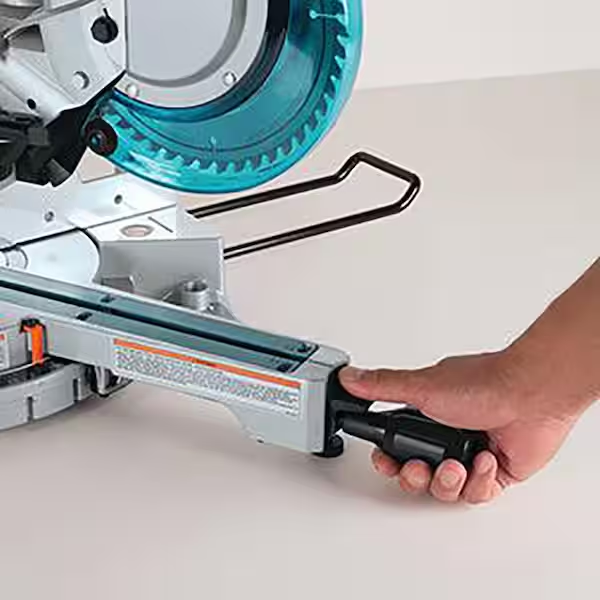
Miter Saw Rental: The Perfect Cut for Your DIY Project
Contemplating a home improvement project that involves precise cuts? Whether you’re building a deck, installing crown molding, or crafting custom furniture, a miter saw becomes an invaluable tool. However, purchasing a high-quality miter saw can be a significant investment, especially for a one-time project. This is where miter saw rental shines. Renting a miter saw offers a cost-effective and practical solution for DIY enthusiasts and occasional users.
Miter Saw 101: Understanding the Tool’s Capabilities
Before delving into the rental process, let’s gain a basic understanding of a miter saw and its capabilities. A miter saw, also known as a compound miter saw, is a power tool specifically designed for making precise angled cuts in wood (and sometimes other materials). Unlike a circular saw, which cuts straight lines, a miter saw allows for adjustments on both the vertical and horizontal planes, enabling you to achieve intricate angles with ease.
Here’s a breakdown of the key features of a miter saw:
- Blade size: Miter saws come in various blade sizes, typically ranging from 8 inches to 12 inches. A larger blade can handle thicker materials, but also requires a more powerful motor.
- Miter angle: This refers to the horizontal angle of the cut, allowing you to create bevels and compound cuts.
- Bevel angle: This refers to the vertical angle of the cut, enabling angled cuts on the face of the board.
- Sliding mechanism: Some miter saws, known as sliding miter saws, incorporate a sliding mechanism that allows the saw head to move horizontally across the material. This is particularly beneficial for making wider cuts that would exceed the capacity of a standard miter saw.
- Laser guide: Many miter saws come equipped with a laser guide that projects a line onto the material, ensuring accurate alignment for your cuts.
When Does Renting a Miter Saw Make Sense?
Now that you have a grasp of the tool’s functionality, let’s explore scenarios where renting a miter saw makes perfect sense:
- One-time project: If your project only requires a few precise cuts, purchasing a miter saw might be an unnecessary expense. Renting allows you to access the tool you need without the long-term commitment of ownership.
- Limited storage space: Miter saws can be bulky and require dedicated storage space. Renting eliminates the need to find a permanent home for the tool after your project is complete.
- Trying before you buy: Unsure if a miter saw is the right tool for your needs or preferences? Renting allows you to test it out on your project before committing to a purchase.
- Specific project requirements: Need a heavy-duty miter saw with a large blade size for thick cuts? Renting provides access to specialized tools that might not be justified for everyday use.
Choosing the Right Miter Saw for Rental
Having decided to rent a miter saw, the next step is selecting the right tool for your project. Here are some key factors to consider:
- Project scope: Assess the size and complexity of your project. A basic 10-inch miter saw might suffice for smaller projects like picture frames, while a heavy-duty 12-inch sliding miter saw would be better suited for thicker cuts or wider materials.
- Cutting needs: Consider the types of cuts you’ll be making. Do you need the versatility of compound miters (both bevel and miter angles)? Will a laser guide be helpful for precise alignment?
- Rental store selection: Research local tool rental stores or hardware chains that offer miter saw rentals. Compare their selection, pricing structures (hourly, daily, weekly), and any additional blade rentals or safety equipment that might be included in the package.
Pro Tip: Don’t hesitate to ask the rental store staff for guidance. They can assist you in selecting the appropriate miter saw for your project and provide basic safety instructions.
Miter Saw Safety: A Priority During Rental
Safety is paramount when operating any power tool, and a miter saw is no exception. Here are some essential safety tips to remember:
- Read the manual: Before using the saw, thoroughly read the manufacturer’s instructions and safety guidelines specific to the rental model.
- Wear proper personal protective equipment (PPE): This includes safety glasses, ear protection, a dust mask, and gloves.
- Secure your workpiece: Always use clamps or a vise to firmly secure the material you’re cutting to prevent movement during operation.
- Maintain a safe distance: Keep your hands and fingers a safe distance from the blade while the saw is running. Use a push stick to feed narrow materials through the saw.
- Never reach over a spinning blade: Always position yourself behind the saw and feed the material from the front.
- Power down before adjustments: Always turn off the saw and unplug it before making any adjustments to the blade or table.
- Be aware of kickback: Miter saws can experience kickback, which occurs when the material pinches the blade and throws the workpiece back towards the operator. Use sharp blades, maintain a firm grip on the material, and be mindful of how the cut is progressing to minimize the risk of kickback.
The Rental Process: A Smooth Transaction
Renting a miter saw is a straightforward process. Here’s a general breakdown of what to expect:
- Identify your needs: Determine the type of miter saw you require based on your project and cutting needs (refer to the previous section for choosing the right saw).
- Locate a rental store: Research local tool rental stores or hardware chains in your area that offer miter saw rentals.
- Contact the store: Call the rental store to confirm availability of the desired saw and inquire about pricing and any additional fees. Some stores might offer blade rentals or safety gear packages alongside the saw rental.
- Visit the store: Head to the rental store with a valid ID and proof of payment (usually a credit card).
- Rental agreement & safety briefing: Review and sign the rental agreement. The rental store staff will likely provide a brief overview of the saw’s operation and essential safety precautions.
- Pick up the saw: The staff will load the saw (and any additional rentals) onto your vehicle or provide assistance if you need to rent a truck or trailer for transportation.
Remember: Some rental stores might require a deposit on the saw, which is typically refunded upon its return in good condition.
Returning the Miter Saw: A Hassle-Free Process
Once your project is complete, it’s time to return the miter saw. Here’s what to expect:
- Clean the saw: Remove any sawdust or debris from the saw before returning it.
- Inspect the saw: Perform a quick visual inspection of the saw to ensure it’s in the same condition it was in when you rented it (minus normal wear and tear).
- Return to the store: Bring the saw and any additional rentals back to the store.
- Final inspection & deposit refund: The rental store staff will inspect the saw and confirm its condition. They will then process your return and refund any applicable deposit.
Miter Saw Rental: The Final Verdict
Miter saw rental presents a cost-effective and practical solution for DIY enthusiasts and occasional users who require precise angled cuts. By understanding the tool’s capabilities, assessing your project needs, and following safety protocols, you can ensure a successful and safe rental experience. So, the next time your project demands accurate cuts, consider renting a miter saw and achieve those perfect angles without breaking the bank!









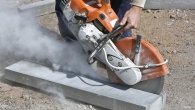

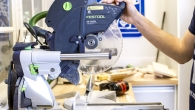


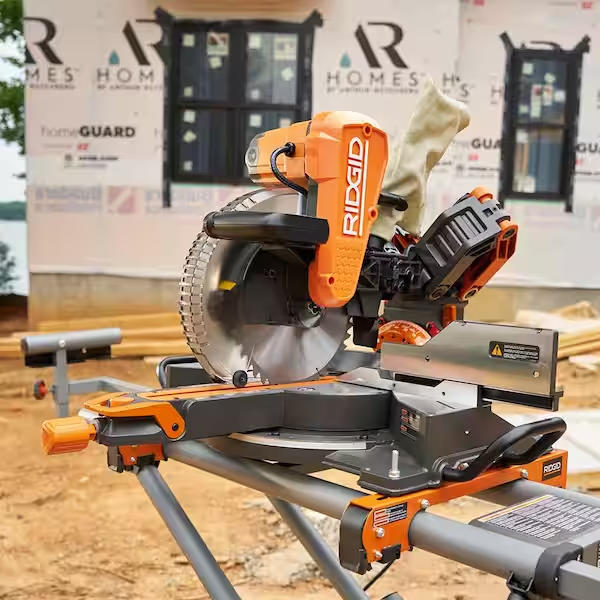
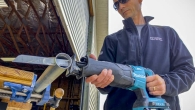

Leave a Reply